Home>diy>Building & Construction>What Is Curtain Wall Construction
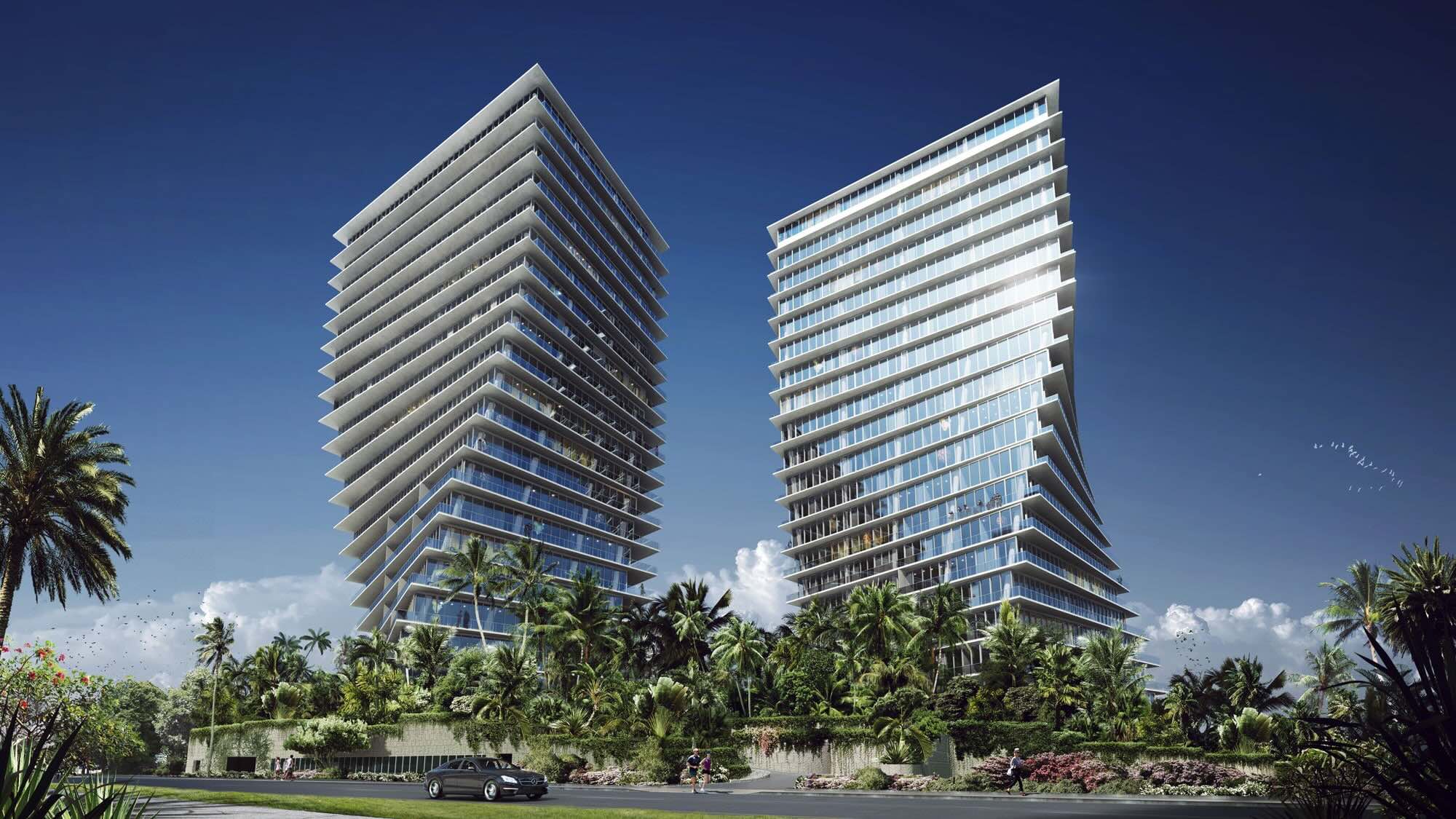

Building & Construction
What Is Curtain Wall Construction
Modified: February 5, 2024
Learn all about curtain wall construction, a popular method in building construction that creates a beautiful and functional exterior while ensuring structural integrity.
(Many of the links in this article redirect to a specific reviewed product. Your purchase of these products through affiliate links helps to generate commission for Storables.com, at no extra cost. Learn more)
Introduction
Welcome to the world of construction, where innovative solutions are constantly being developed to push the boundaries of design and functionality. One such solution that has revolutionized the building industry is curtain wall construction. In this article, we will explore what curtain wall construction is, the key components of curtain wall systems, the various types available, and the advantages and disadvantages of using this construction technique.
Curtain wall construction is a non-structural cladding system that is used to enclose the exterior of a building. Unlike traditional load-bearing walls, curtain walls are designed to support their own weight and the loads imposed on them, such as wind and seismic forces. They are typically made of lightweight materials such as glass, aluminum, or steel, allowing for large expanses of transparent façade that flood the interior spaces with natural light.
The primary function of a curtain wall system is to provide an external envelope that protects the building from the elements while allowing for aesthetic expression and energy efficiency. It serves as a barrier against air and water infiltration, as well as providing thermal insulation and soundproofing.
At its core, a curtain wall system consists of several key components. The first is the framing system, which supports the weight of the glazing and transfers it to the building structure. It is typically made of lightweight materials such as aluminum or steel, chosen for their strength, durability, and ability to resist corrosion.
The second component is the glazing, which refers to the transparent or translucent panels that make up the curtain wall. These panels can be made of glass, polycarbonate, or other materials, depending on the desired aesthetic and performance requirements.
Another important component of curtain wall systems is the weather sealant. This is applied between the glass panels and the framing system to create an airtight and watertight barrier, preventing moisture ingress and energy loss. Additionally, insulation materials such as thermal breaks and spacers are incorporated to enhance the thermal performance of the curtain wall system.
There are several types of curtain wall systems available, each with its own unique characteristics and applications. The most common types include stick-built systems, unitized systems, and point-supported systems. These systems differ in terms of installation method, cost, flexibility, and performance.
In the following sections, we will delve deeper into the advantages and disadvantages of curtain wall construction, the importance of sustainability and energy efficiency, and the maintenance and repair considerations for these systems. With a well-rounded understanding of curtain wall construction, you will be equipped to make informed decisions and take advantage of the benefits it offers in your own building projects.
Key Takeaways:
- Curtain wall construction offers enhanced aesthetics, improved energy efficiency, and design flexibility, making it a popular choice for modern building design. However, regular maintenance is crucial to address potential water leakage and high maintenance requirements.
- Sustainable curtain wall systems contribute to energy conservation, optimize thermal performance, and promote environmental stewardship. By prioritizing sustainability and efficient design, building owners can reduce their carbon footprint and operating costs while enhancing the aesthetics and overall performance of the building.
Read more: What Is A Stem Wall In Construction
Definition of Curtain Wall Construction
Curtain wall construction is a method of building where a non-structural, lightweight exterior wall is installed to enclose a building’s facade. Unlike traditional load-bearing walls, curtain walls are designed to support their own weight and the forces applied to them, such as wind and seismic loads.
The term “curtain wall” refers to a building envelope that is typically made of materials such as glass, aluminum, or steel, creating a transparent or translucent facade. The term “curtain” is used because the wall hangs from the building’s structure like a curtain, rather than bearing the weight of the floors above.
Curtain wall systems are typically installed as an outer layer that does not contribute to the structural stability of the building. Instead, they serve as a protective barrier against environmental elements, providing insulation, weather resistance, and soundproofing. They also allow natural light to enter the building, creating a bright and open interior space.
One of the defining characteristics of curtain wall construction is its flexibility and adaptability. The modular nature of the system allows for easy customization and modification to suit the specific design requirements of a building. This versatility makes curtain walls a popular choice for architects and designers, as they can create unique and visually striking facades.
Furthermore, curtain wall construction offers architectural freedom, as the non-load-bearing nature of the system allows for creative architectural details, such as curved panels, angled frames, and irregular shapes. This flexibility in design allows architects to push the boundaries of traditional construction and create visually stunning buildings.
Another key aspect of curtain wall construction is its integration with other building systems. Curtain walls can incorporate various additional features, such as integrated sunshades, solar panels, or ventilated facades, enhancing the overall performance and energy efficiency of the building.
Overall, curtain wall construction is a modern and innovative approach to building envelopes. It not only provides functional benefits such as weather protection and energy efficiency but also offers architects and designers the freedom to create visually striking facades that push the boundaries of traditional construction.
Components of Curtain Wall Systems
Curtain wall systems consist of several key components that work together to create an effective and functional building envelope. These components include the framing system, glazing, weather sealant, insulation materials, and additional features.
1. Framing System: The framing system forms the structural skeleton of the curtain wall. It supports the weight of the glazing and transfers it to the building structure. Typically made of lightweight materials such as aluminum or steel, the framing system is chosen for its strength, durability, and resistance to corrosion. The design and configuration of the framing system depend on the specific requirements of the project, such as the desired aesthetics, wind loads, and building height.
2. Glazing: Glazing refers to the transparent or translucent panels that make up the curtain wall. These panels can be made of materials such as glass, polycarbonate, or acrylic. The choice of glazing material depends on factors such as the desired level of transparency, energy efficiency, and acoustic performance. Different types of glazing, such as insulated glass units, laminated glass, or reflective coatings, can be used to enhance thermal insulation, safety, and visual appeal.
3. Weather Sealant: Weather sealants are crucial for ensuring the performance of a curtain wall system. They are applied between the glass panels and the framing system to create an airtight and watertight barrier. Weather sealants prevent air and water infiltration, protecting the building from moisture-related damage and energy loss. The selection and application of weather sealants should meet industry standards and consider factors such as environmental conditions, temperature fluctuations, and building movement.
4. Insulation Materials: Insulation materials play a vital role in the energy efficiency of curtain wall systems. Thermal breaks and spacers are incorporated into the curtain wall to minimize heat transfer between the interior and exterior spaces. This helps to regulate the temperature inside the building and reduce the reliance on heating and cooling systems. Insulation materials such as rigid foam, mineral wool, or aerogel can be used to improve the thermal performance of the curtain wall system.
5. Additional Features: Curtain wall systems can incorporate various additional features to enhance functionality and aesthetics. These include sunshades, louvers, solar panels, and ventilation systems. Sunshades and louvers provide shade and reduce solar heat gain, improving occupant comfort and energy efficiency. Solar panels can be integrated into the curtain wall to generate clean energy. Ventilation systems can be incorporated to ensure proper airflow and indoor air quality.
The combination of these components in a curtain wall system creates a durable, visually appealing, and high-performing building envelope. The proper selection, integration, and installation of these components are crucial to ensure the effectiveness and longevity of the curtain wall system.
Types of Curtain Wall Systems
There are several types of curtain wall systems available, each with its own unique characteristics and applications. The most common types include stick-built systems, unitized systems, and point-supported systems.
1. Stick-Built Systems: Stick-built curtain wall systems are the most traditional and widely used. In this method, the individual framing components are assembled on-site, similar to assembling a puzzle. The framing members, including mullions and transoms, are installed one-by-one, and the glazing is then inserted into the frame. This type of system offers flexibility in design, as it allows for customization during installation. However, stick-built systems require more labor and time for construction, as each component needs to be individually installed.
2. Unitized Systems: Unitized curtain wall systems are factory-produced panels that are pre-assembled and glazed off-site. These panels, consisting of multiple interconnected frames and glazing units, are then transported to the construction site and installed as a complete unit. Unitized systems offer faster installation compared to stick-built systems since multiple panels can be installed simultaneously. This method reduces on-site labor and provides better quality control. However, unitized systems have limitations in terms of design flexibility, as the panels are manufactured as fixed sizes and shapes.
3. Point-Supported Systems: Point-supported curtain wall systems are characterized by the use of glass panels supported by metal brackets or spider fittings attached to the building structure. The glass panels are fixed at discrete points, creating a visually striking appearance with minimal framing obstruction. This type of system is commonly used in large-span facades or in applications where transparency is a primary design consideration. Point-supported systems require precise engineering and coordination to ensure the integrity and stability of the glass panels.
Each type of curtain wall system has its own advantages and considerations. Stick-built systems offer customization and design flexibility but require more on-site labor. Unitized systems provide faster installation and better quality control but have limitations in design options. Point-supported systems offer unique aesthetics and large-scale transparency but require meticulous engineering and installation.
It is essential to consider the project-specific requirements, budget, timeframe, and desired aesthetic when selecting the appropriate curtain wall system. With the right choice, the curtain wall system can enhance the building’s architecture, energy efficiency, and functionality while providing a visually stunning facade.
Advantages of Curtain Wall Construction
Curtain wall construction offers numerous advantages that make it a popular choice in modern building design. These advantages include enhanced aesthetics, improved energy efficiency, increased natural light, design flexibility, and cost savings.
1. Enhanced Aesthetics: One of the main benefits of curtain wall construction is its ability to create visually striking facades. The extensive use of glass in curtain walls allows buildings to have a modern and sleek appearance. The transparency of the glass can showcase beautiful views, while the use of different glass types, textures, and colors can add depth and visual interest to the building facade. Curtain walls also offer architectural freedom, allowing for creative designs and unique shapes that are not possible with traditional load-bearing walls.
2. Improved Energy Efficiency: Curtain walls contribute to improved energy efficiency by reducing the dependence on artificial lighting and heating or cooling systems. The use of large glass panels maximizes the entry of natural light, reducing the need for artificial lighting during the daytime. Additionally, curtain wall systems can incorporate energy-efficient glazing options, such as low-emissivity (Low-E) coatings and insulated glass units. These features help to minimize heat transfer and reduce energy consumption, leading to lower utility costs.
3. Increased Natural Light: By incorporating large expanses of glass, curtain walls allow an abundance of natural light to penetrate into the building’s interior spaces. Natural light has numerous benefits, including improving occupant well-being, enhancing productivity, and creating a sense of openness. Access to natural light can also help reduce reliance on artificial lighting, further contributing to energy efficiency. Additionally, the transparency of curtain walls can provide occupants with beautiful views of the surrounding environment, connecting them to the outside world.
4. Design Flexibility: Curtain wall construction offers architects and designers the freedom to create innovative and unique building exteriors. The modular nature of curtain wall systems allows for customization and flexibility in design. Different types of glazing, frames, and finishes can be combined to achieve the desired aesthetics and performance goals. Curtain walls can also incorporate additional features such as sunshades, louvers, and integrated solar panels, providing further design options and functionality.
5. Cost Savings: While the upfront cost of curtain wall systems may be higher than traditional construction methods, they can lead to long-term cost savings. The energy efficiency of curtain walls can result in reduced energy consumption and lower utility bills over time. Additionally, the use of factory-manufactured and pre-assembled unitized systems can reduce on-site labor, shorten construction time, and minimize project delays. These cost savings can offset the initial investment and provide a favorable return on investment in the long run.
Overall, curtain wall construction offers a range of advantages, including enhanced aesthetics, improved energy efficiency, increased natural light, design flexibility, and potential cost savings. By incorporating curtain walls into building design, architects and developers can create visually appealing and sustainable structures that meet the needs of both occupants and the environment.
When designing a curtain wall, consider the building’s location and climate to choose the most suitable materials for insulation and weather resistance.
Read more: What Color Curtains For Pink Walls
Disadvantages of Curtain Wall Construction
While curtain wall construction offers numerous advantages, there are also some disadvantages that should be considered. These include potential water leakage, high maintenance requirements, limited sound insulation, and higher initial costs compared to traditional construction methods.
1. Potential Water Leakage: One of the main concerns with curtain wall construction is the potential for water leakage. Improper installation or poor quality sealants can lead to water infiltration, resulting in damage to the interior of the building. Regular inspection and maintenance are essential to ensure the integrity of the weather sealants and the curtain wall system.
2. High Maintenance Requirements: Curtain wall systems require regular maintenance to ensure their longevity and performance. Cleaning and maintenance of the glass panels, sealing joints, and inspection of the framing system are necessary to prevent deterioration and address any potential issues. Maintenance activities can be more challenging and time-consuming due to the height and accessibility of the curtain wall, requiring specialized equipment and trained professionals.
3. Limited Sound Insulation: Curtain wall construction may provide less sound insulation compared to traditional load-bearing walls. While some specialized curtain wall systems can incorporate acoustic treatments to mitigate sound transmission, additional measures may be required for buildings where noise control is a critical concern.
4. Higher Initial Costs: The initial cost of curtain wall construction is generally higher compared to traditional construction methods. The use of specialized materials, such as high-performance glazing, lightweight framing, and weather sealants, along with the additional design considerations involved, can contribute to increased upfront costs. However, it is important to consider the long-term benefits and potential cost savings in energy efficiency and maintenance.
5. Design Constraints: While curtain wall construction offers design flexibility, there may be some limitations as well. The use of glass panels and lightweight framing restricts the ability to support heavy loads. This can affect the design and placement of features such as balconies, awnings, and overhangs. Additionally, the performance and suitability of curtain wall systems in extreme climates or extreme wind conditions may need to be carefully evaluated and addressed during the design phase.
It is crucial to carefully consider these potential disadvantages and address them through proper design, installation, and maintenance strategies. By understanding and proactively managing these challenges, the benefits of curtain wall construction can be maximized while minimizing any potential drawbacks.
Sustainability and Energy Efficiency in Curtain Wall Systems
Curtain wall systems play a significant role in improving the sustainability and energy efficiency of buildings. With advancements in material technology and innovative design strategies, curtain walls can contribute to reducing energy consumption, optimizing thermal performance, and promoting environmental stewardship.
1. Thermal Performance: Enhancing the thermal performance of curtain wall systems is crucial for reducing energy usage and improving occupant comfort. Thermal breaks, which are insulating materials placed between the interior and exterior framing of the curtain wall, minimize heat transfer and help prevent thermal bridging. These breaks can significantly improve the overall energy efficiency of the building envelope by reducing the transfer of heat or cold from the exterior to the interior.
2. Energy-Efficient Glazing: The selection of energy-efficient glazing is a crucial component in sustainable curtain wall systems. Low-emissivity (Low-E) coatings, reflective films, and insulated glass units are key features that can optimize natural light transmission while reducing solar heat gains and heat loss. These glazing options provide better thermal insulation, reduce the reliance on artificial lighting, and increase the energy efficiency of the building.
3. Solar Control: Utilizing solar control features in curtain walls can help mitigate excessive solar heat gain and improve energy efficiency. Sunshades, exterior louvers, or dynamic shading devices can be integrated into the design to filter or block direct sunlight. These features reduce the need for cooling systems during hot weather conditions and contribute to a more comfortable indoor environment.
4. Daylighting: Curtain wall systems excel in maximizing natural daylight within buildings. By incorporating large expanses of glass, curtain walls allow for ample natural light to illuminate interior spaces. Daylighting has numerous benefits, including reducing the need for artificial lighting, improving occupant well-being and productivity, and creating a visually pleasing atmosphere. This can result in significant energy savings and a more sustainable building design.
5. Renewable Energy Integration: Curtain walls can also serve as a platform for integrating renewable energy technologies. Photovoltaic (PV) cells can be integrated into the glass panels, allowing the building envelope to generate clean electricity from the sun. This integration of renewable energy sources promotes sustainability and reduces the dependence on non-renewable energy sources.
By prioritizing sustainability and efficient design in curtain wall systems, building owners and developers can significantly reduce their carbon footprint and operating costs. Sustainable curtain walls not only contribute to energy conservation but also enhance the aesthetics, comfort, and overall performance of the building. To ensure the best outcomes, collaboration between architects, engineers, and manufacturers is essential to design and implement curtain wall systems that meet sustainable goals.
Maintenance and Repair of Curtain Wall Systems
Maintenance and repair of curtain wall systems are essential to ensure their longevity, functionality, and optimal performance. Regular inspection, cleaning, and addressing any issues promptly can help prevent further damage and extend the lifespan of the system. Here are some key aspects to consider:
1. Routine Inspection: Regular inspection is critical to identify any signs of wear and tear, water infiltration, or structural damage in the curtain wall system. Inspections should be performed by qualified professionals who can assess the condition of the framing, glazing, sealants, and other components. The frequency of inspections depends on various factors, such as the age of the building, location, and environmental conditions.
2. Cleaning: Regular cleaning of the glass panels and metal framing is essential to maintain the appearance and function of the curtain wall. Dust, dirt, and pollutants can accumulate on the surface, diminishing natural light penetration and potentially impacting the performance of the system. Cleaning should be done with appropriate methods and non-abrasive cleaning agents to avoid damaging the glass or protective coatings.
3. Sealant Inspection and Replacement: The weather sealants that provide waterproofing and air tightness in the curtain wall system need to be inspected regularly. Over time, sealants can deteriorate, crack, or fail, leading to water infiltration and reduced energy efficiency. Damaged or deteriorated sealants should be promptly repaired or replaced to maintain the integrity of the system.
4. Glazing Replacement: In some cases, the glazing units in the curtain wall system may need to be replaced due to damage, deterioration, or upgrading to more energy-efficient options. Glazing replacement should be carried out by experienced professionals who can carefully remove and install new glazing while ensuring proper alignment and sealant application.
5. Structural Repairs: If any structural damage or issues with the framing system are identified, repairs should be promptly carried out to maintain the stability and safety of the curtain wall. This may involve reinforcing the framing, replacing damaged components, or addressing any structural deficiencies identified during inspection.
6. Professional Maintenance Contracts: Engaging professional maintenance companies or specialists who specialize in curtain wall systems can provide peace of mind and ensure the system is maintained to the highest standards. These experts typically have the knowledge, experience, and specialized equipment to perform thorough inspections, cleaning, and repairs effectively.
Overall, regular maintenance and prompt repairs are essential to ensure the longevity and performance of curtain wall systems. By addressing minor issues early on, potential damages can be minimized, avoiding costly repairs or replacements in the future. It is important to consult with professionals with expertise in curtain wall systems to develop a comprehensive maintenance plan and ensure proper care of the system over its lifespan.
Conclusion
Curtain wall construction is a versatile and innovative approach to building design that offers a range of benefits and advantages. This non-structural cladding system provides a lightweight and visually striking facade while maximizing natural light and energy efficiency. By understanding the components, types, and considerations of curtain wall systems, architects, developers, and building owners can leverage their advantages while addressing potential challenges.
Curtain walls not only enhance the aesthetics of buildings but also contribute to energy efficiency and sustainability. The incorporation of energy-efficient glazing, thermal breaks, and solar control features can significantly reduce energy consumption and improve indoor comfort. The large expanse of glass allows for ample natural light, reducing reliance on artificial lighting and creating a connection between the interior and exterior environments.
However, it is crucial to address potential drawbacks of curtain wall construction, such as water leakage, high maintenance requirements, and higher initial costs. Regular inspection, maintenance, and prompt repairs are essential to ensure the longevity and functionality of curtain wall systems. By implementing proper maintenance practices and engaging experienced professionals, potential issues can be identified early on and mitigated, prolonging the life span of the system.
In conclusion, curtain wall construction offers a sustainable and aesthetically appealing solution for modern building design. With its design flexibility, enhanced energy efficiency, and ample natural light, curtain walls can transform the visual impact and performance of a building. By navigating the considerations of material selection, installation methods, and upkeep, curtain wall systems can play an integral role in creating functional, eco-friendly, and visually stunning structures.
Frequently Asked Questions about What Is Curtain Wall Construction
Was this page helpful?
At Storables.com, we guarantee accurate and reliable information. Our content, validated by Expert Board Contributors, is crafted following stringent Editorial Policies. We're committed to providing you with well-researched, expert-backed insights for all your informational needs.
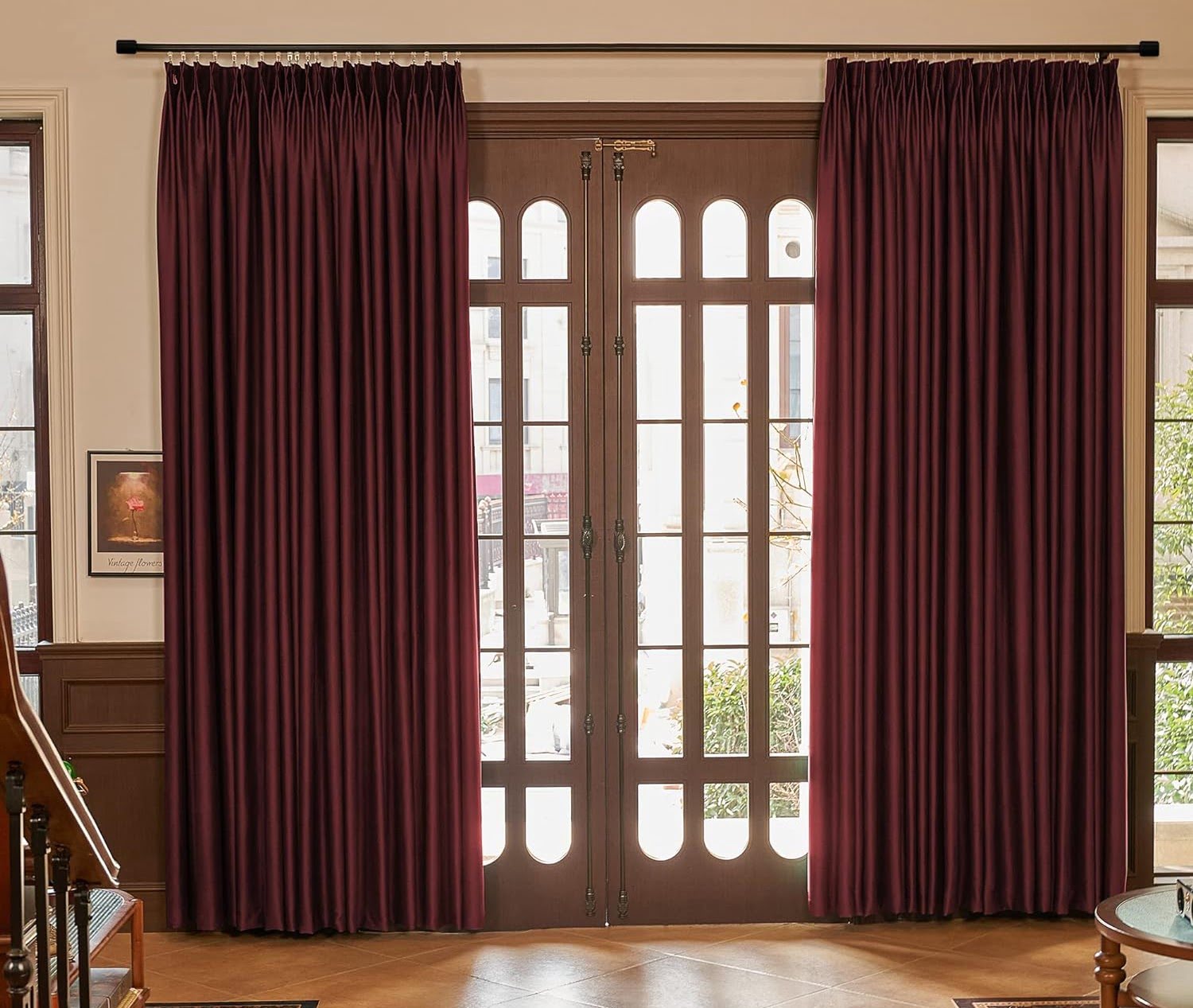
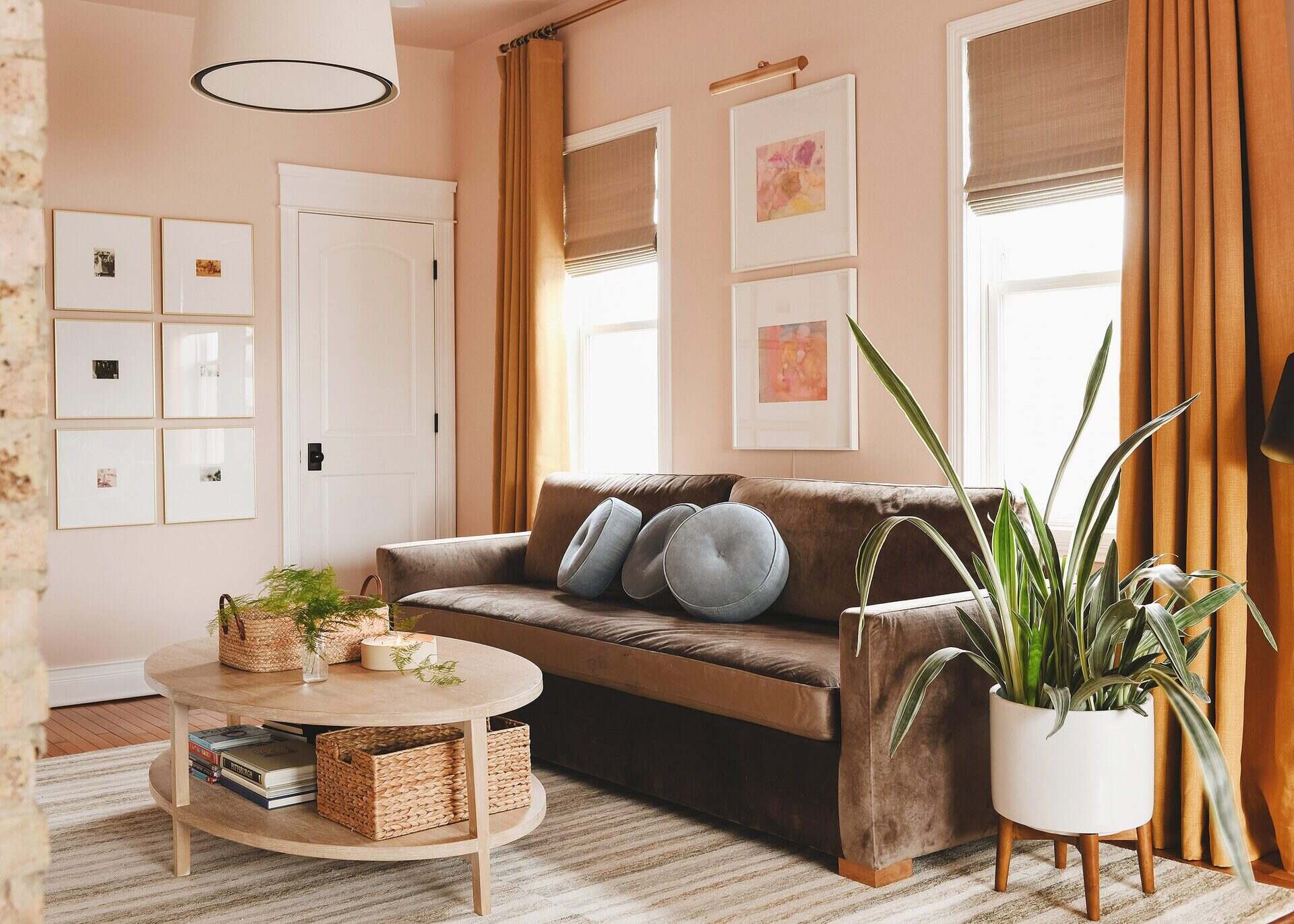
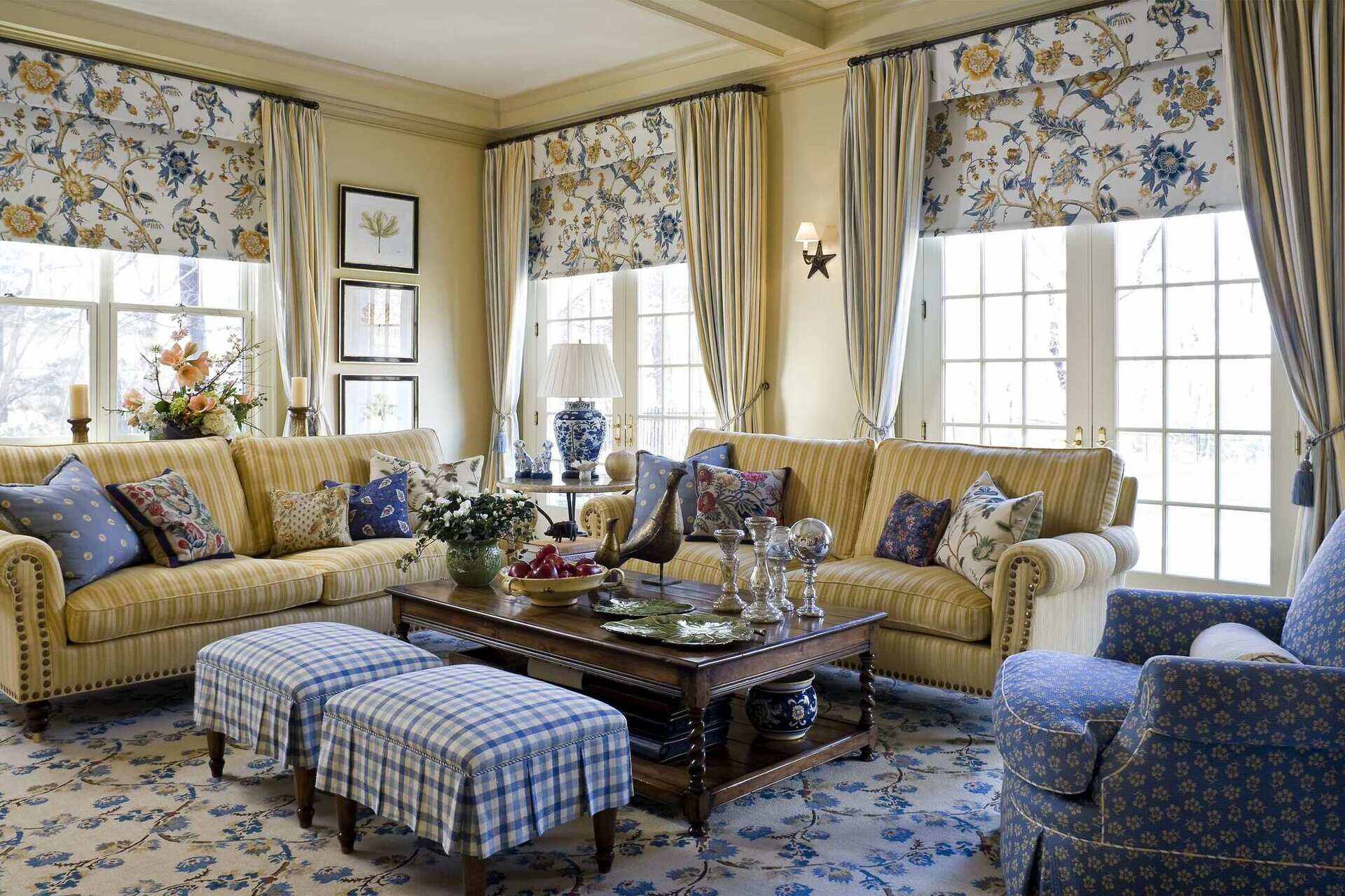
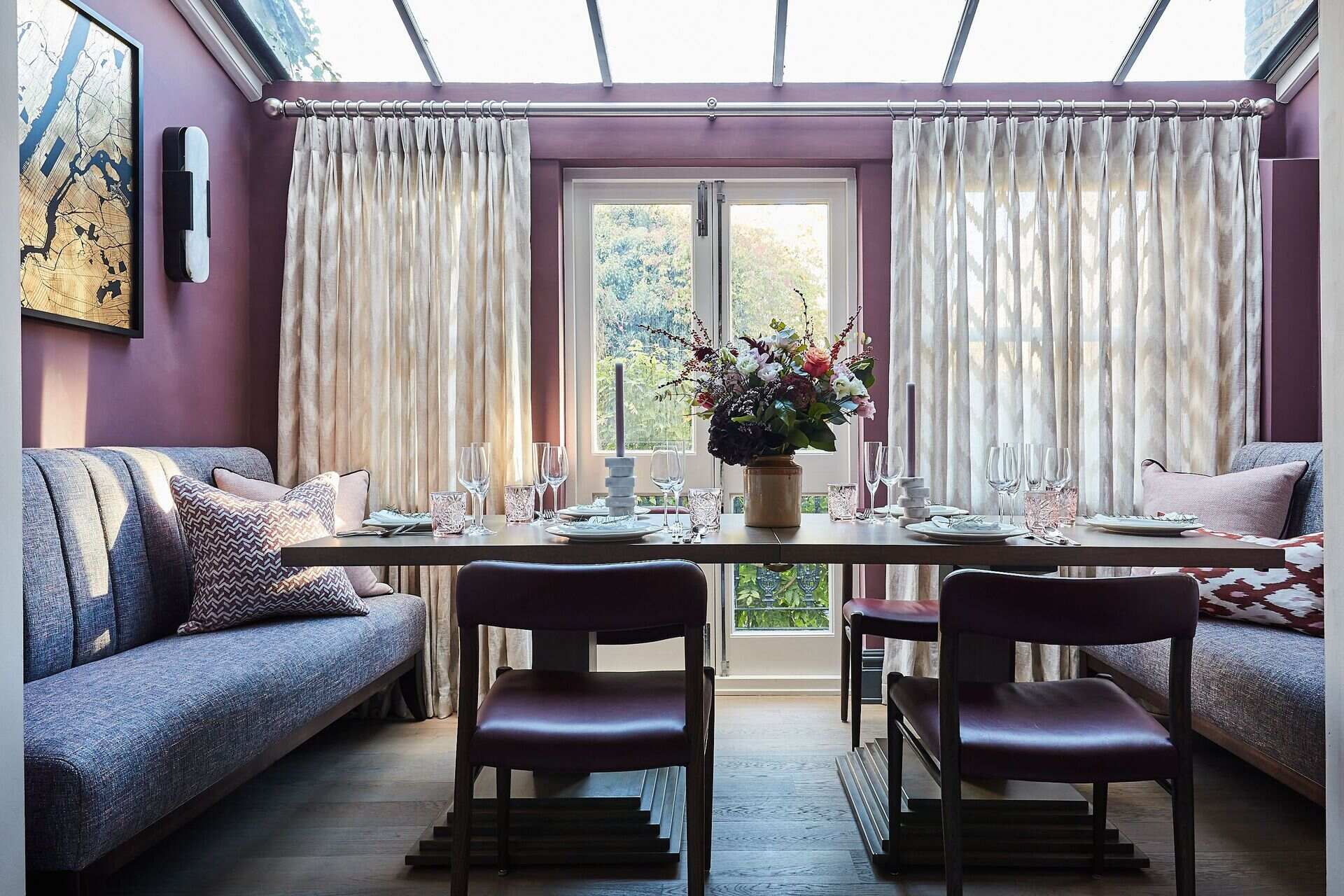
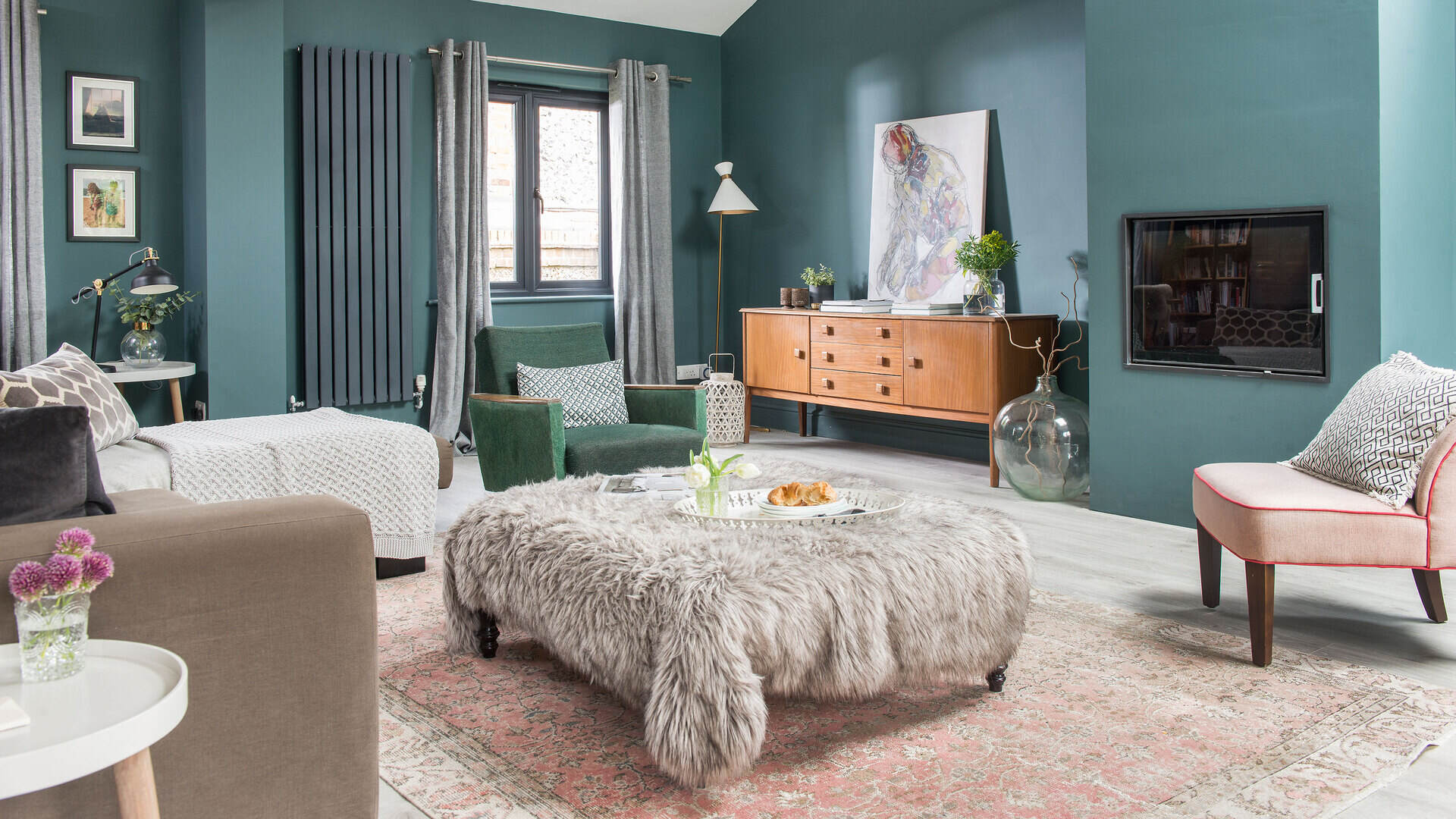
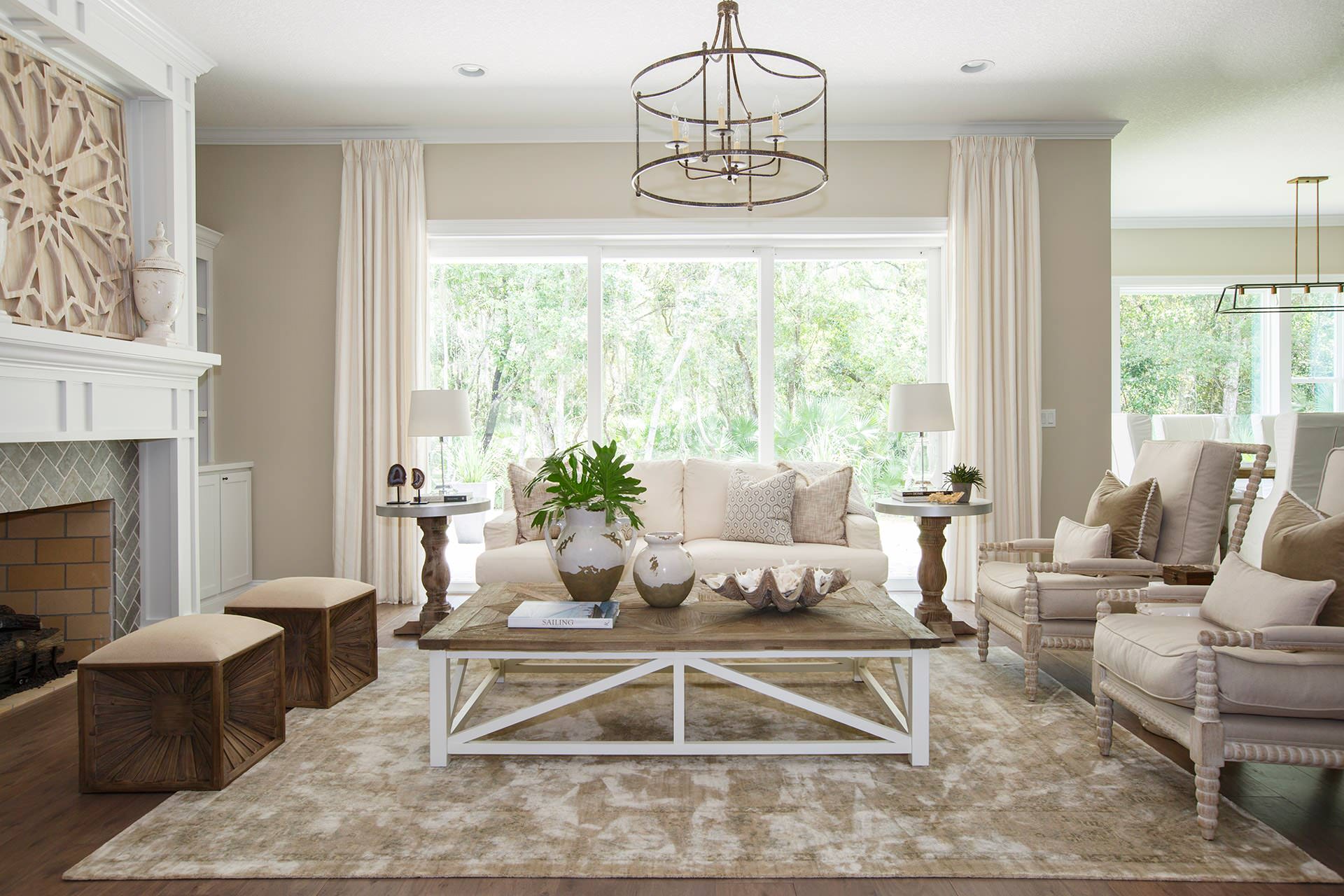
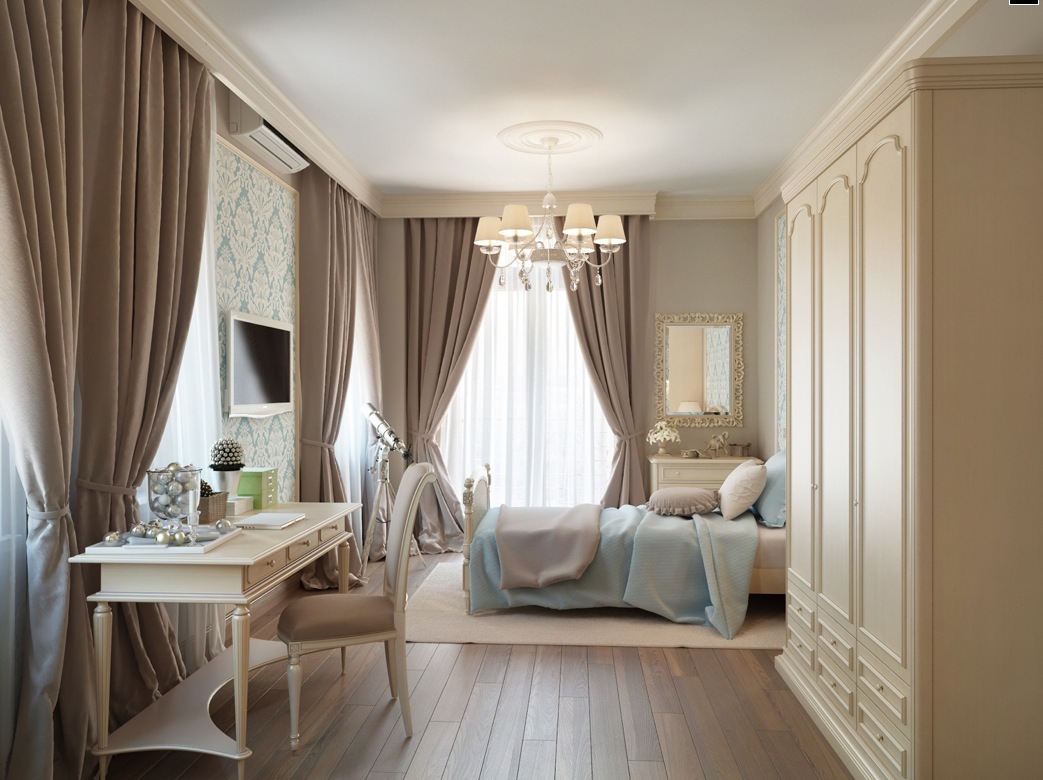
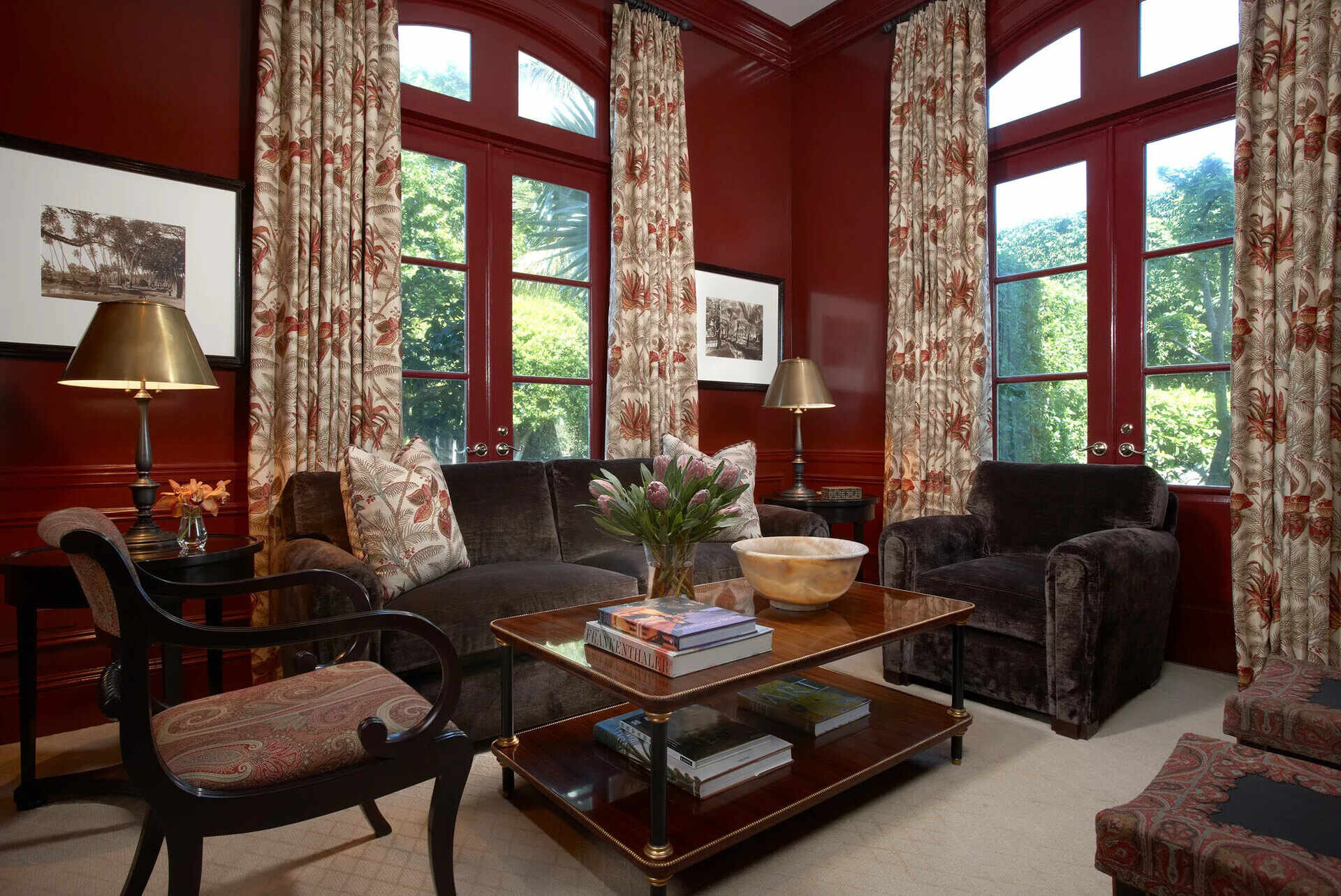
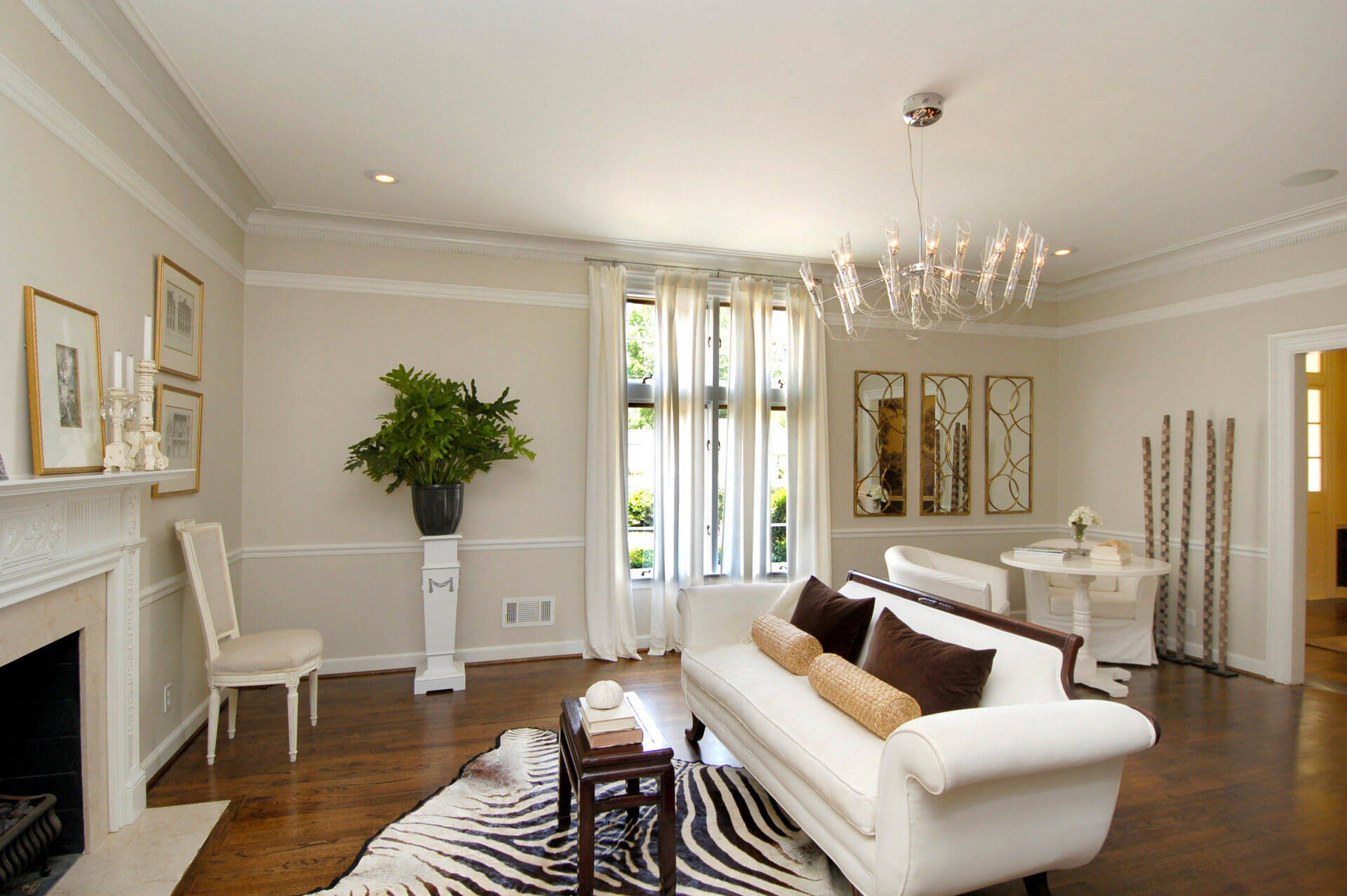
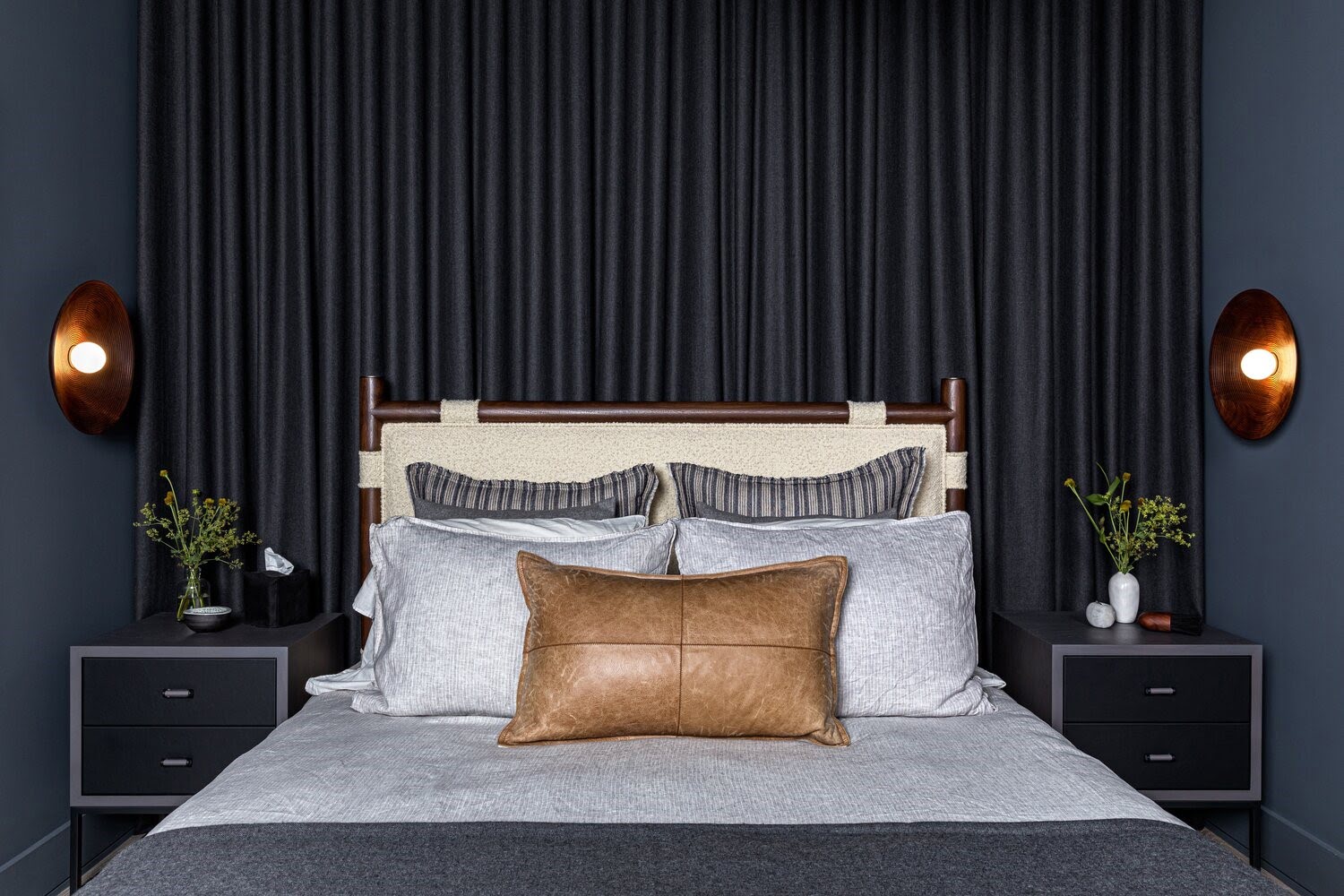
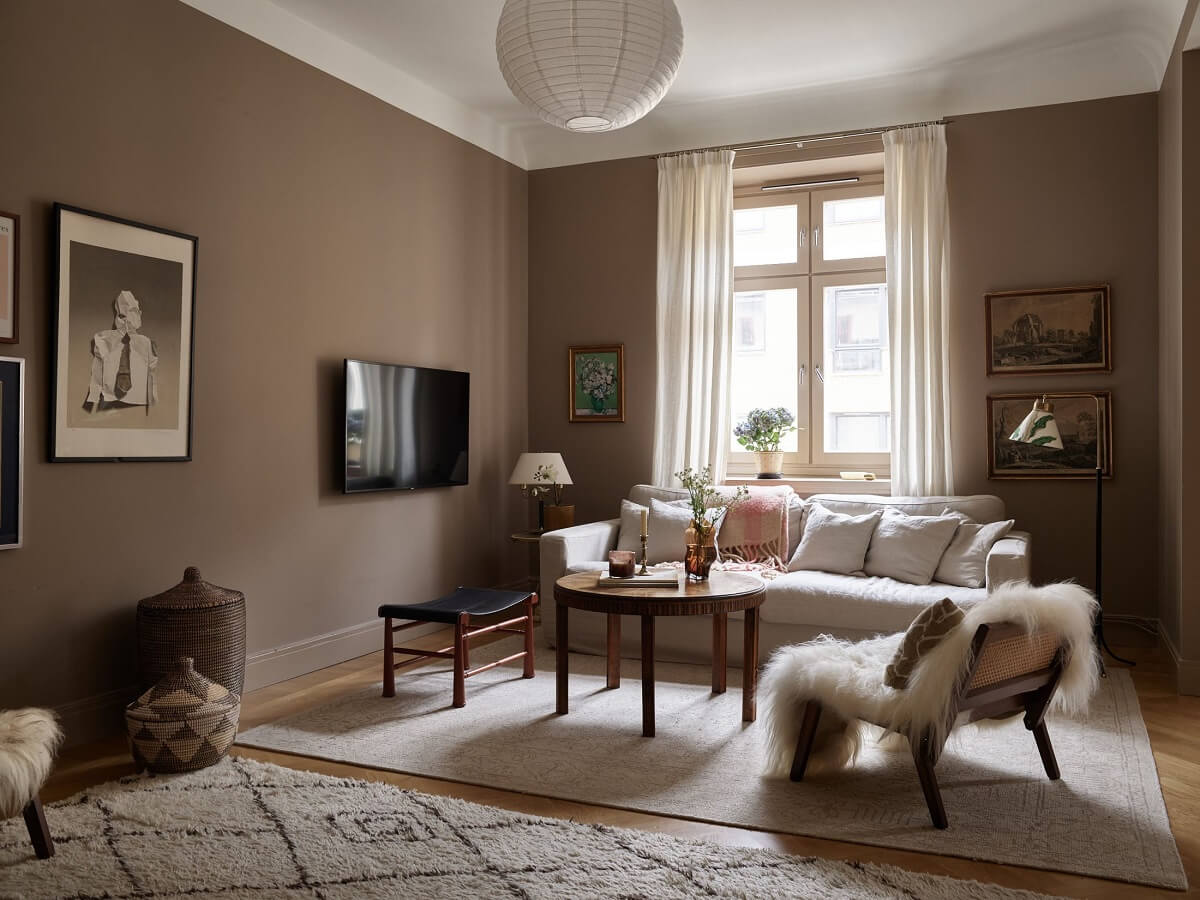
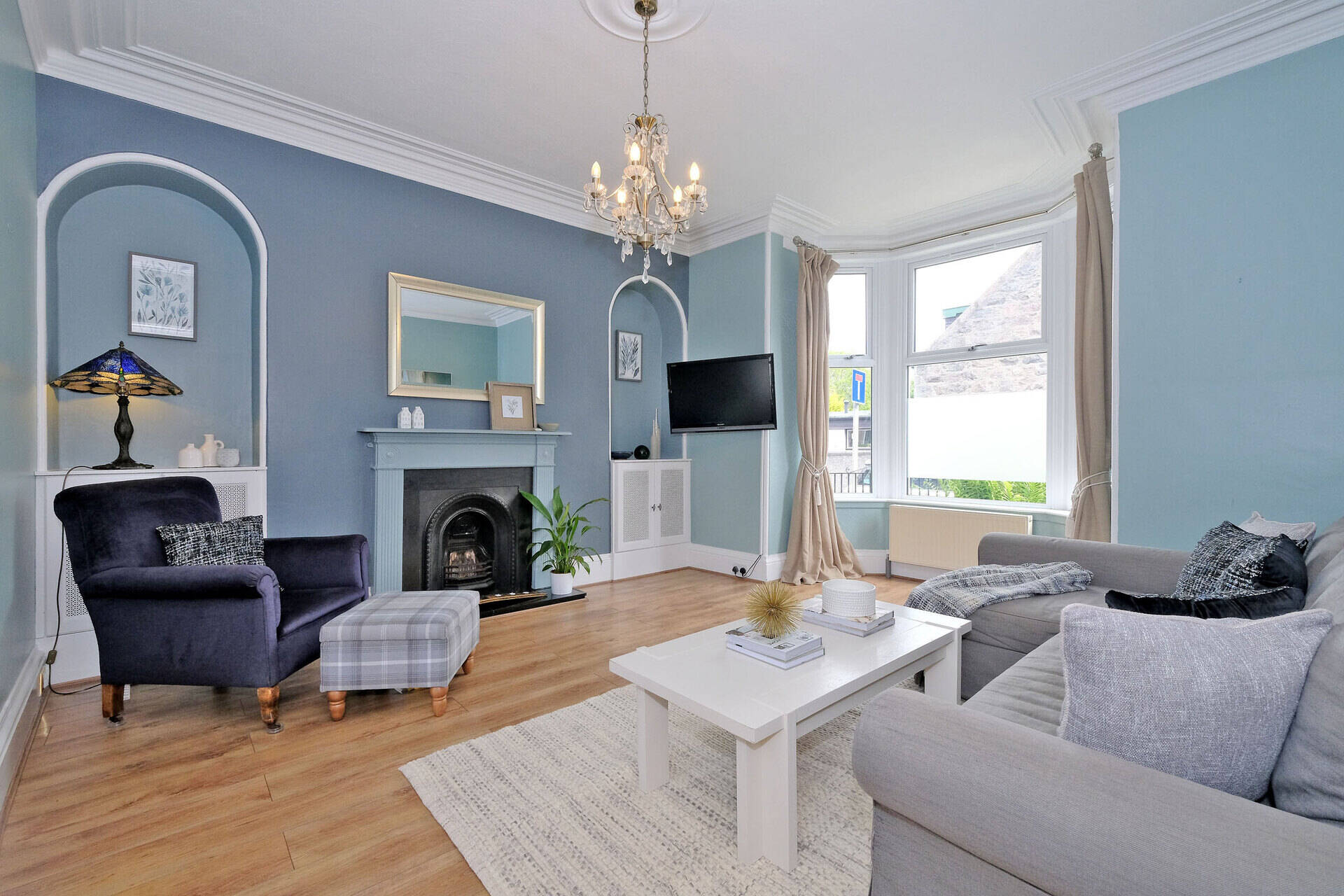
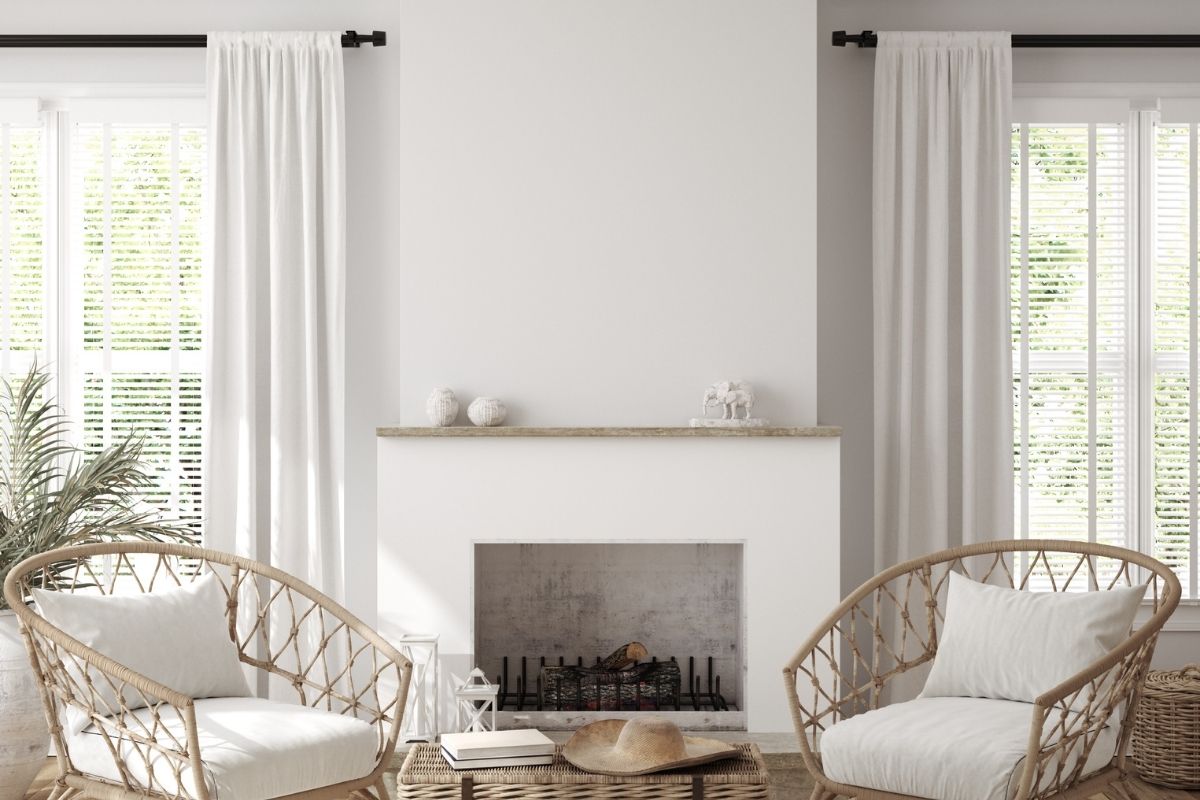
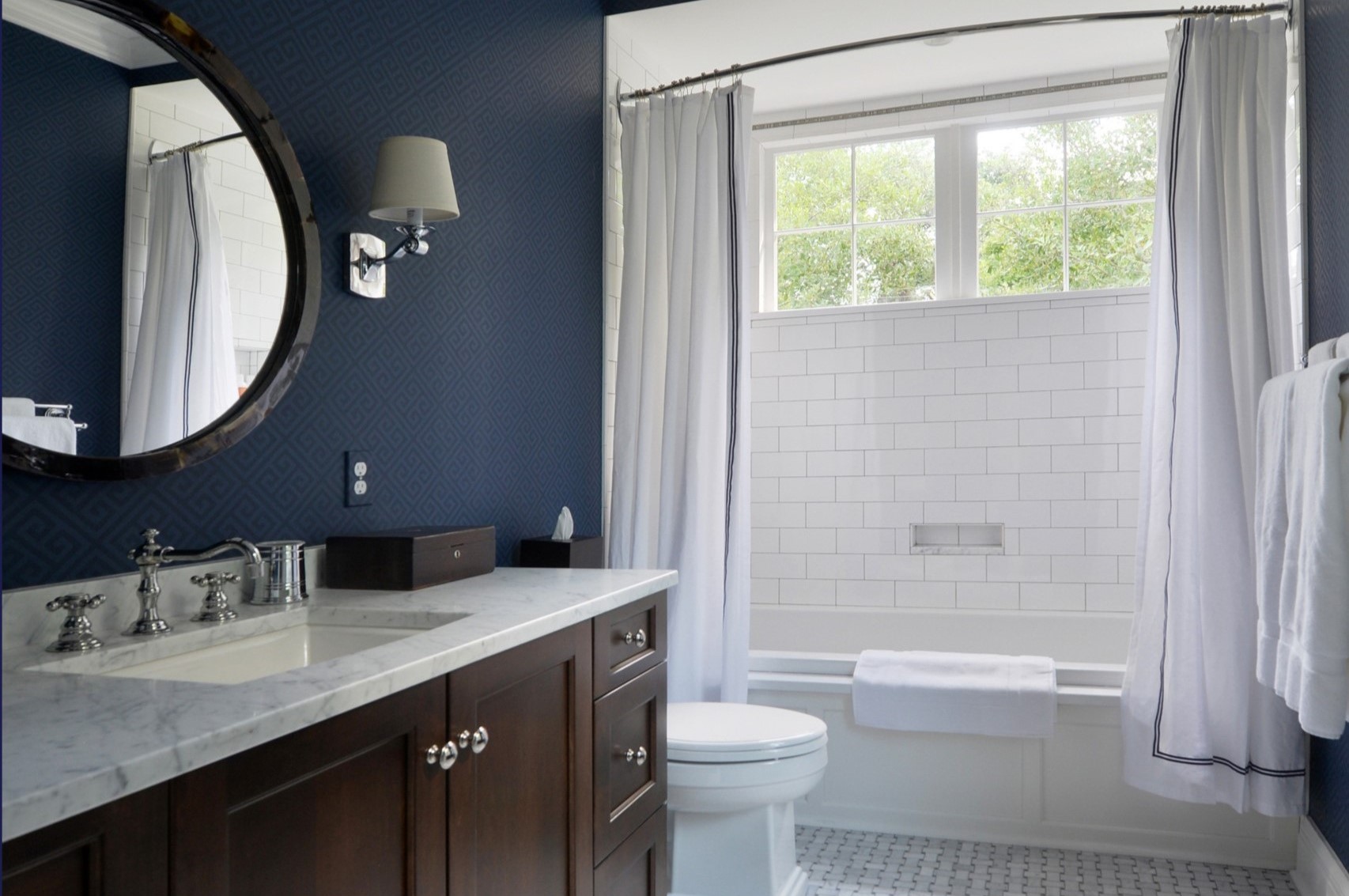

0 thoughts on “What Is Curtain Wall Construction”